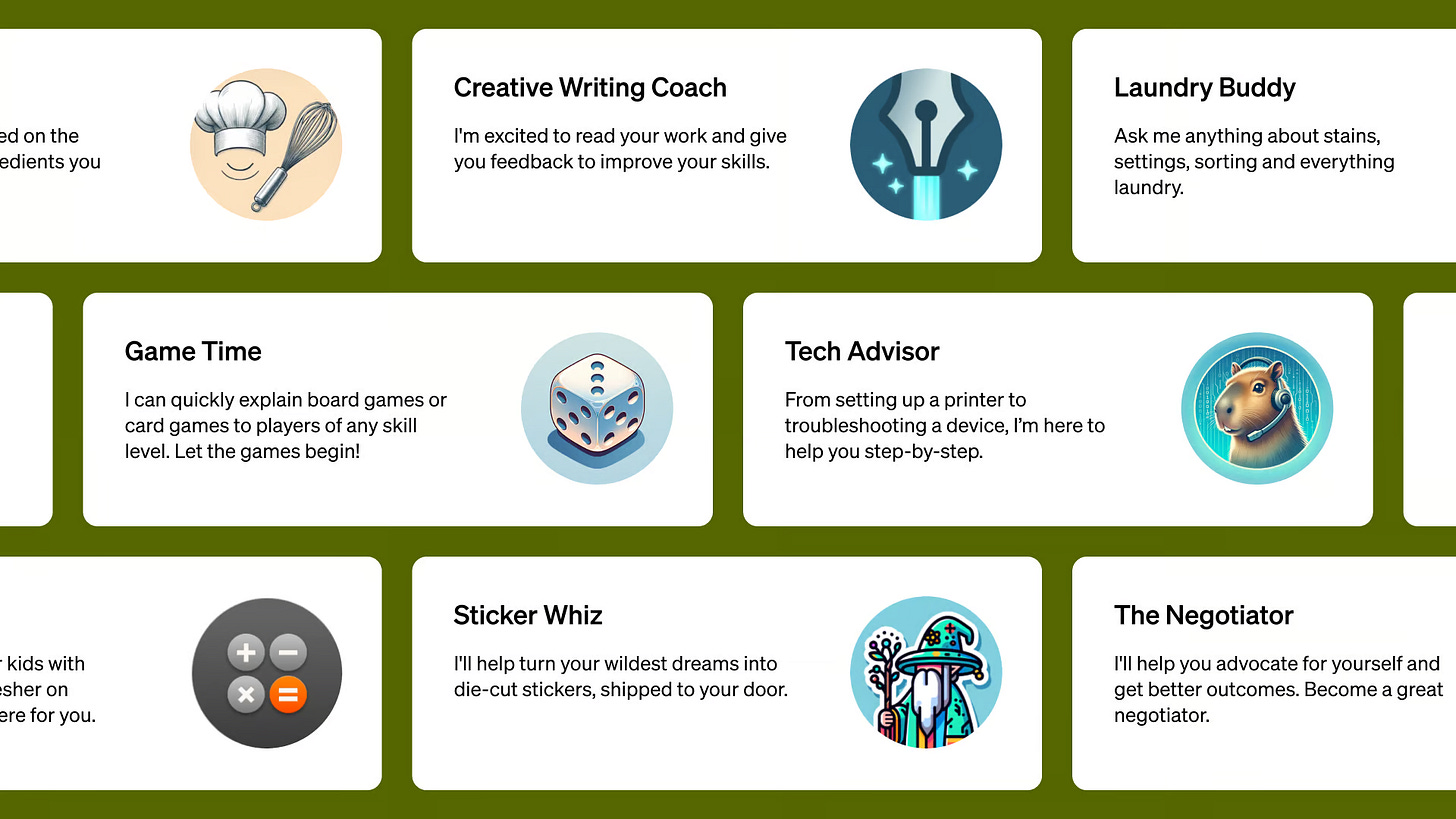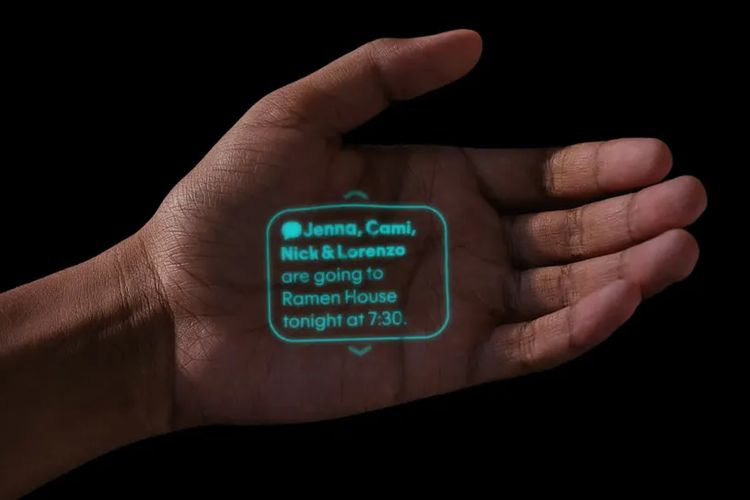Apps are evolving into Experiences
From static to dynamic interfaces
Recently I wrote a piece about the future of technology and interfaces, a topic I care deeply about. I feel that there is still a lot to write on it, so I decided to explore it further.
The role of Apple in shaping the app economy
The arrival of the iPhone in 2007 and the app store in 2008 provided a fertile place for a lot of startups born during that period to grow. These ventures that provided digital services found their place in the app economy and they certainly owe it to Apple. So Uber, Airbnb, and Spotify designed mobile interfaces for people to enjoy their services directly on their smartphones.
Apps as an interface to engage with services
This brings us to the core concept of this article, which is the following:
“Apps are an interface to enjoy services.”
In general, the process looks something like this:
1. we need a service
2. we visit the app store to download the app
3. we engage with the service
4. then we drop the app
The evolution of software is changing the way we interact with computing. Smartphones are already proof of that. We now have access to personal computing everywhere by bringing these devices in our pockets. Steve Jobs introduced the idea of computer as a bicycle for the mind but now it seems more like a self-driving car. Soon we’re going to have wearable devices enabled by AI like Humane, a moonshot idea of solving our addiction to smartphones. In the next years we are going to see more and more devices like this and whether it is visible or invisible, we need to design better interfaces to deal with the next computing experience.
Apps as views
OpenAI recently introduced the concept of GPTs, custom versions of ChatGPT that act like agents to fulfill specific tasks. These GPTs will be built by developers and the community, and there will be a chance to earn money based on how many people use it. Does it remind you of anything?
AI is being productized and this could set the basis for the future of app stores.
Also, the presentation of the Humane AI Pin, one of the first AI-powered consumer products, showed that they created a set of experiences that live in the cloud with no app store. The company designed these interactions based around a few key use cases allowing future users to enjoy them through a monthly subscription.
These hints suggest that the future of apps is evolving toward experiences. This doesn't mean that app stores will disappear and become obsolete, but it is likely to change the way these AI-based experiences will be distributed.
From static to dynamic interfaces
The current state of application-based computing concerns button design and content insertion within breakpoints. There will be a shift toward more task-based computing, with tailored interfaces for users based on the scenario. These dynamic interfaces will be designed through AI and will be informed by human feedback, changing based on users and their intents.
Personalized experiences on personal devices
Today we live our experiences through digital services, and apps are an interface for these services. When we need to listen to music, we download Spotify or when we want to meditate, we use Headspace. Not too far, we will have highly personalized experiences to enjoy services and they will be enabled by our personal AI devices, which know us better than anyone else.
Personalization will be a core feature; we are seeing this with Arc for example, the browser that introduced the Boost feature to fully customize one's experience on websites.
To ensure further personalization we need data collected through customer segmentation, so privacy remains an important issue. The structure of the interfaces will remain more or less the same, but the content will change to benefit the user experience.
In a future not to distant from today, we will be able to access these personalized workflows with natural language through voice-first interactions or typing.
Multidevice interactions are going to compose experiences
If the future is ambient computing we won’t see anymore flat design. Instead more colored, textured and dimensional interfaces and also the use of sounds and lights through the experiences.
More devices means that the experience could happen through different touchpoints so the interactions can't be all the same. When there is the need for visible interfaces, AI can contribute providing us with dynamic interfaces.
Design for intentions and actions
The role of designers won’t be anymore about designing in detail for a specific use case but more identifying common patterns to compose experiences for the user. It will be more about flows and less about buttons, an holistic approach to reimagine how people act in the world.
Software has always been a bridge between people and their intentions. AI may simplify the need to design complex interfaces, allowing us to focus on the core jobs-to-be-done of users, such as booking a flight, planning a trip or ordering dinner. This will mean to design for intentions and actions instead of apps and websites.
For those who are curious
AI and the future of design, Figma Config 2023
Introducing GPTs by OpenAI
Personalize your internet experience with Arc Boost
The Humane Experience by Humane






